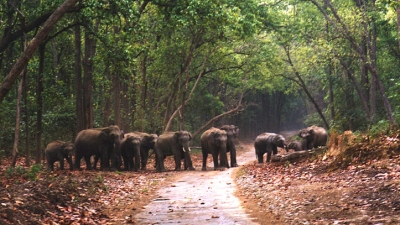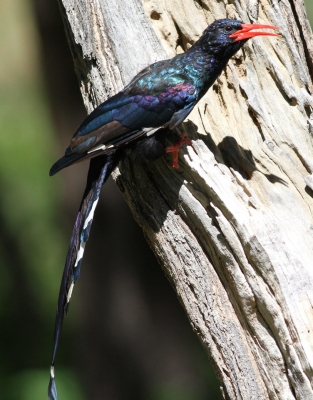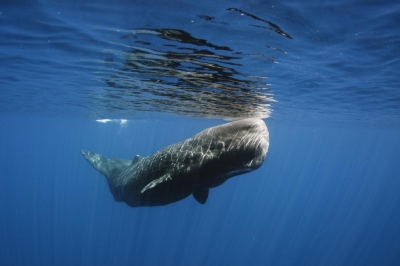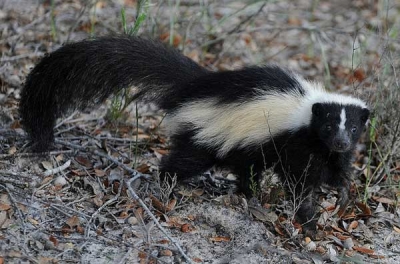
Corbett National Park, also called Jim Corbett National Park, natural area in southern Uttarakhand state, northern India. It was established as Hailey National Park in 1936 and was first renamed Ramganga in the mid-1950s, before the name was changed to Corbett later that decade in memory of Jim Corbett, a well-known British sportsman and writer. The park itself occupies an area of 201 square miles (521 square km). It is part of the larger Corbett Tiger Reserve, which includes adjacent protected areas and has a total area of 497 square miles (1,288 square km). It is India’s oldest national park.
The park was established mainly for the protection of the Bengal tiger (Panthera tigris tigris); it is there that India’s Project Tiger was established in 1973 to provide havens for tigers in the country’s national parks. Among other mammals found in the park are langurs, sloth bears, Asiatic black bears, Indian gray mongooses, jungle cats, elephants, wild boars, chitals (spotted deer), barking deer, and nilgai (Indian antelope). Reptiles and amphibians include a variety of snakes (including cobras and pythons) and species of crocodiles (notably gavials and muggers). At least 600 resident and migrant bird species have been identified, including shikras (Levant sparrowhawks), Indian white-backed vultures, black partridges, golden orioles, red jungle fowl, black-crowned night herons, and peafowl.
The park has roads that facilitate tours of it via jeep or elephant, and there are numerous machans, or observation posts, from which wildlife can be viewed.
Picture Credit : Google





